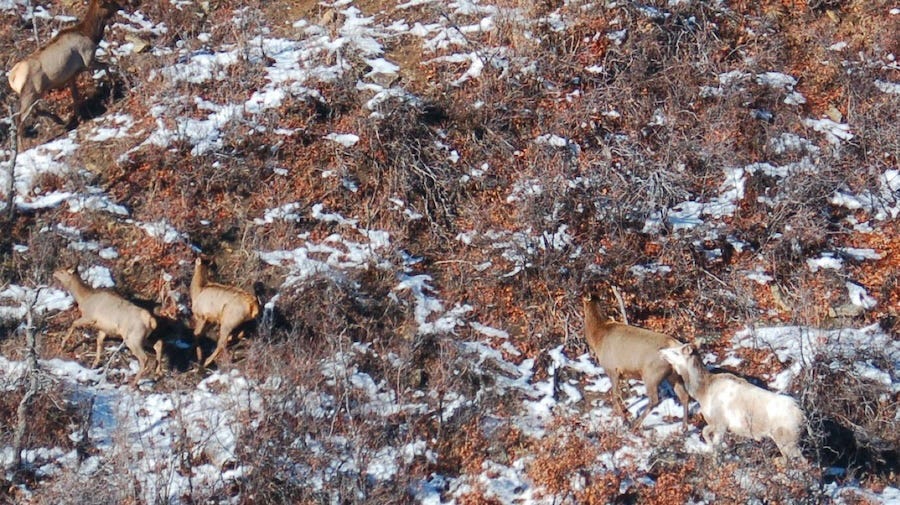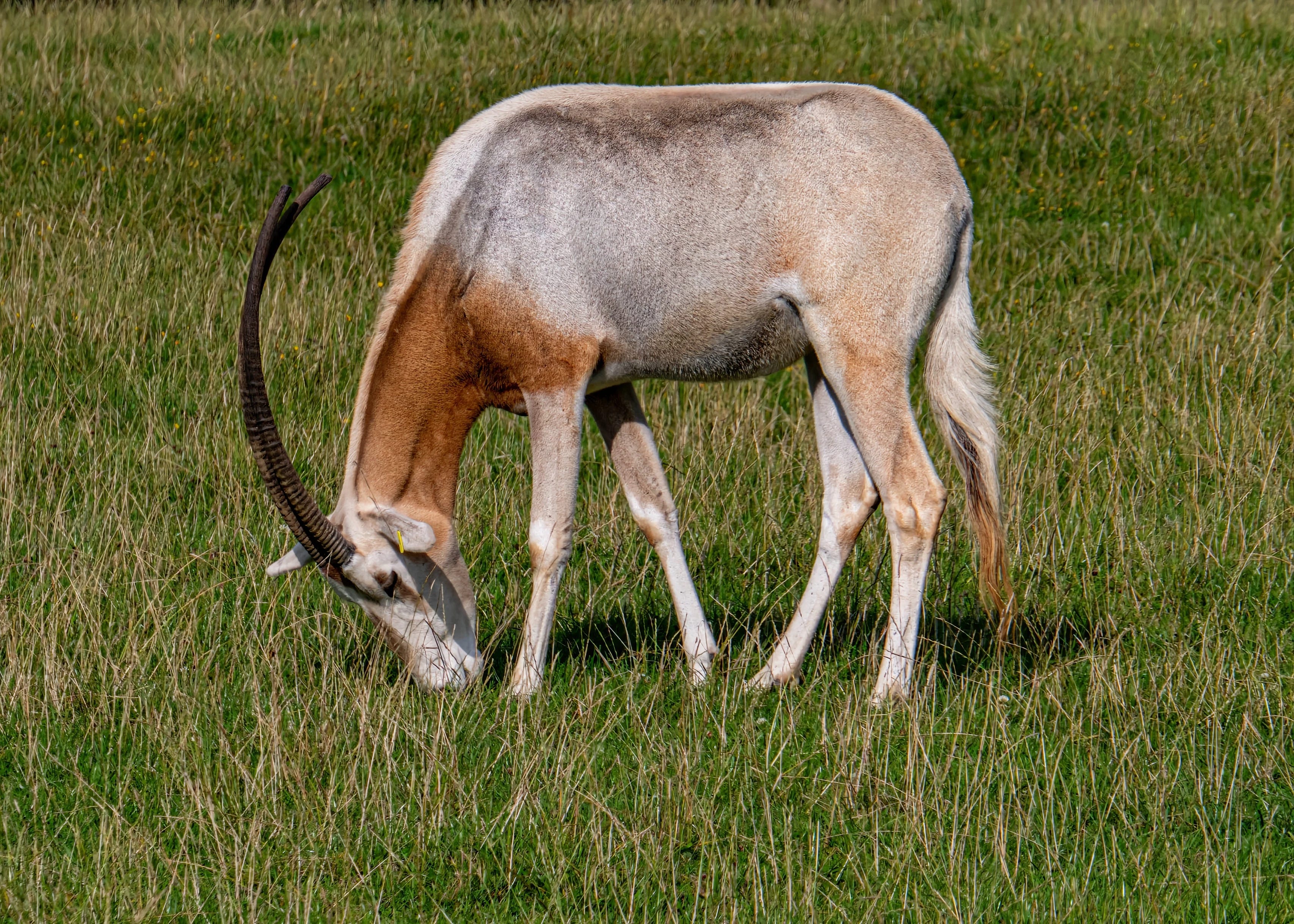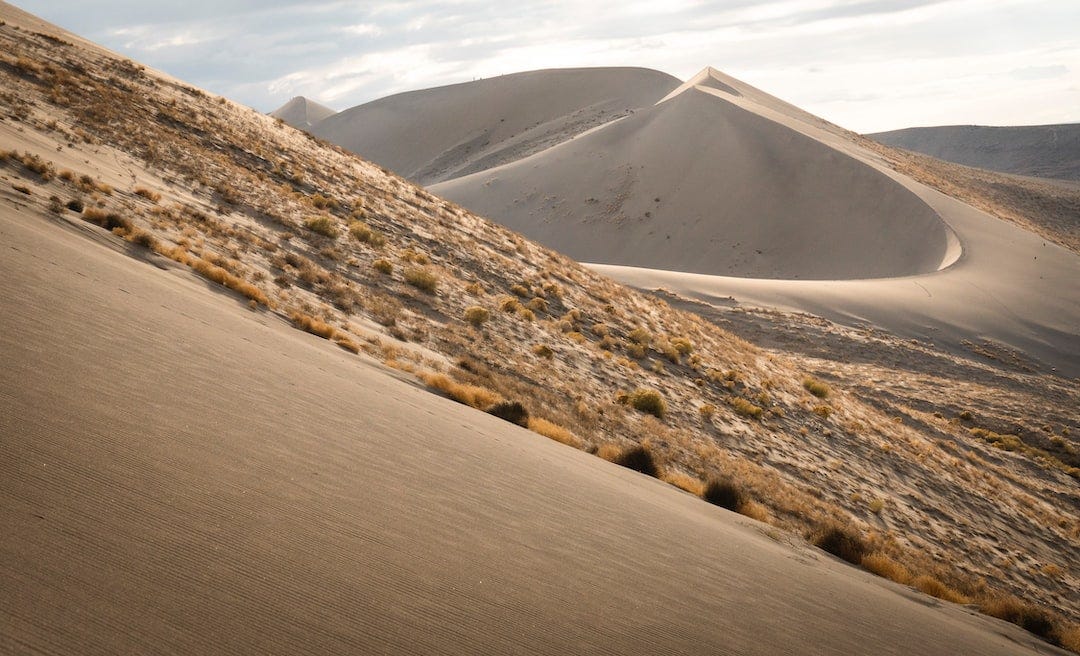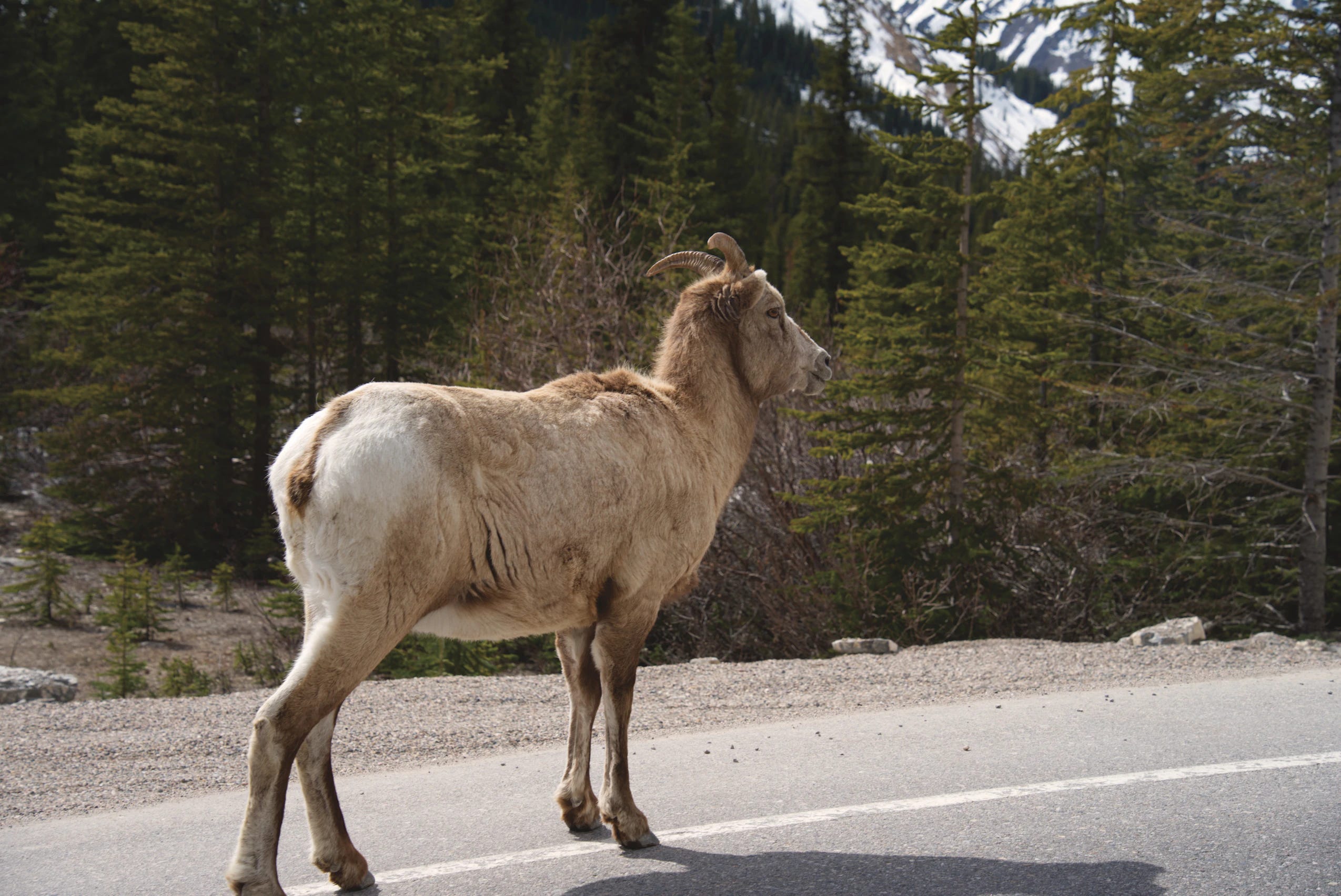Restoring Biodiversity - 1/2/2024
A rare Piebald Cow Elk is spotted in Colorado. The Scimitar Horned Oryx has been partially restored in parts of Africa. Geologic secrets of America’s tallest single dune. And more.
Thank you for subscribing to the Pitchstone Waters weekly newsletter.
We hope you and your family had a wonderful New Year celebration. And that 2024 is a banner year for you.
Here is what we’ve been reading, watching and writing over the break…
Articles

A Rare Piebald Cow Elk is Spotted in Colorado by a Wildlife Biologist
A research trip turned into a magical moment for a wildlife biologist who caught a glimpse of a rare 1-in-100,000 creature in the western Colorado mountains.

Scimitar Horned Oryx Brought Back From Extinction
The Scimitar Horned Oryx has been partially restored in parts of Africa, as described in the article below.
Quoting the article, “The remarkable comeback of the scimitar horned oryx represents the restoration of not just a species, but a whole ecosystem through the role they play in it. Maintaining grasslands in their native Chad through grazing and preventing the spread of desertification – their reintroduction is a nature-based solution helping to tackle the local impacts of climate change.”
“We know that if we are to truly tackle the issues facing our planet then we must stop treating biodiversity loss and climate change as two separate threats – you cannot solve one without the other.”
Although they are not mentioned in the article, Texas ranchers and conservationists, at their own expense without without public funding, have long maintained private stocks of the threatened oryx, and many other African species. In fact, there are free ranging oryx populations in small areas of South Texas. These have been used as sources for restoration efforts.
Videos

Geologic Secrets of America’s Tallest Single Dune
Bruneau Sand Dunes, Idaho. Journey up this 470-ft (143 m) massive sand mountain with geology professor Shawn Willsey. Learn why this dune reaches such lofty heights, where its sand comes from, and what role the Bonneville Flood and Snake River played in this area.

Idaho’s’ mountain goats are adapted to living in rugged, remote areas, so it is natural that the mountain goat would appear mysterious. But this harsh habitat is also their defense.
—
And that’s it - as always thank you..
if you haven’t already - please check out our views on biodiversity at https://pitchstonewaters.com/blog/
Please pass along, and if you if you received this from a friend - consider subscribing below.
